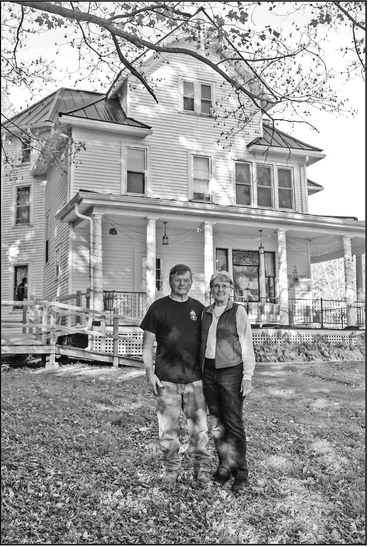Erbach house finds new life as Black Creek Inn


When Ruth and John Weiler first bought the old Erbach house on the outskirts of Athens nine years ago, they saw the 19th century building purely as an investment.
“The goal was to flip it,â...


When Ruth and John Weiler first bought the old Erbach house on the outskirts of Athens nine years ago, they saw the 19th century building purely as an investment.
“The goal was to flip it,â...